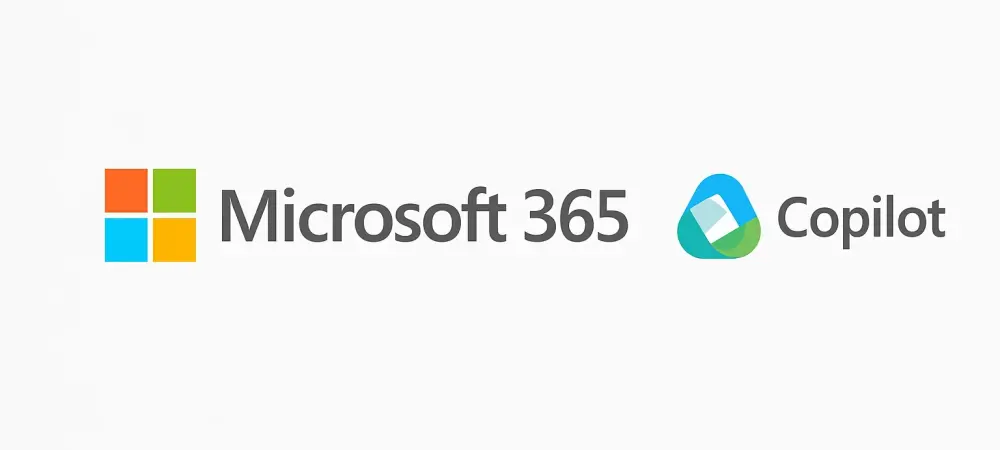In the rapidly evolving world of technology, Microsoft 365 Copilot is revolutionizing how businesses integrate AI into their daily operations. Dominic Jainy, a seasoned expert in AI and machine learning, shares his insights on the challenges and strategies for adopting Microsoft 365 Copilot, revealing how organizations can leverage this technology to boost productivity and streamline workflows.
What is Microsoft 365 Copilot, and how does it integrate AI into daily workflows?
Microsoft 365 Copilot is designed to enhance productivity by incorporating AI into everyday tasks. It helps streamline document creation, facilitates communication, and drives better decision-making across various departments. Copilot achieves this by acting as an AI helper that supports users in enhancing their workflow, whether it’s in Word, Outlook, or Teams.
Why do organizations face challenges when trying to adopt Microsoft 365 Copilot?
The integration of AI like Microsoft 365 Copilot into an organization is not just a technical update; it’s a transformation in how work processes are managed. Organizations often struggle due to unclear use cases, expectations that don’t align with actual outcomes, and gaps in data governance. Additionally, there’s often a lack of confidence or awareness of AI tools among end-users, which hampers effective adoption.
What is the purpose of the Microsoft 365 Copilot Blueprint offered by Citrin Cooperman?
The Copilot Blueprint by Citrin Cooperman serves to guide organizations in the successful adoption of Microsoft 365 Copilot. It combines strategic planning, technical assessment, and educational components to help organizations define use cases, evaluate their readiness, and create a roadmap for AI implementation. It seeks to eliminate guesswork and align stakeholders for a smoother transition.
What are the key components of the Copilot Blueprint’s one-hour session?
The session focuses on three main areas. First, there’s an organizational readiness assessment where we delve into the technical landscape to pinpoint potential obstacles. Then, we engage in “the art of the possible,” exploring how Copilot can be maximized within the organization. Finally, we move on to building a strategic roadmap tailored to prioritize use cases and ensure quick and effective deployment.
Can you describe a real-world example of how a company successfully implemented Microsoft 365 Copilot?
One successful case involved a domestic apparel manufacturer. They focused on marketing and order processing for their pilot project. By clearly defining their use cases and planning meticulously, they achieved high user engagement. Copilot quickly became an integral tool, second only to Outlook in terms of usage, significantly improving their output in document and presentation creation.
What steps should a company take to prepare their team for successful adoption of Microsoft 365 Copilot?
Preparation is key. Companies should start by educating their workforce about the benefits and functionalities of Copilot. It’s also essential to set clear use cases and goals, align technical configurations, and foster a culture of confidence in AI. This involves training sessions and support to ensure users are not just aware of but comfortable with the technology.
What resources does Citrin Cooperman offer for organizations interested in Microsoft 365 Copilot?
Citrin Cooperman provides several resources to aid organizations. These include AI Central for consulting and solutions, and an introductory video on transforming business with AI. They also offer guidance on making data AI-ready, which is crucial for unlocking the full potential of Copilot.
How does Citrin Cooperman operate in terms of its organizational and legal structure?
Citrin Cooperman functions as a brand under which Citrin Cooperman & Company, LLP and Citrin Cooperman Advisors LLC operate, though they are separate legal entities. These firms are independent members of Moore North America, part of the global Moore network, allowing them to leverage international expertise while retaining autonomy.
Do you have any advice for our readers?
Embrace AI with an open mind and a structured plan. Start small but think big. Educate and involve your team, focus on aligning your goals with the potential of AI, and don’t hesitate to seek expert guidance to navigate this transformative journey.

